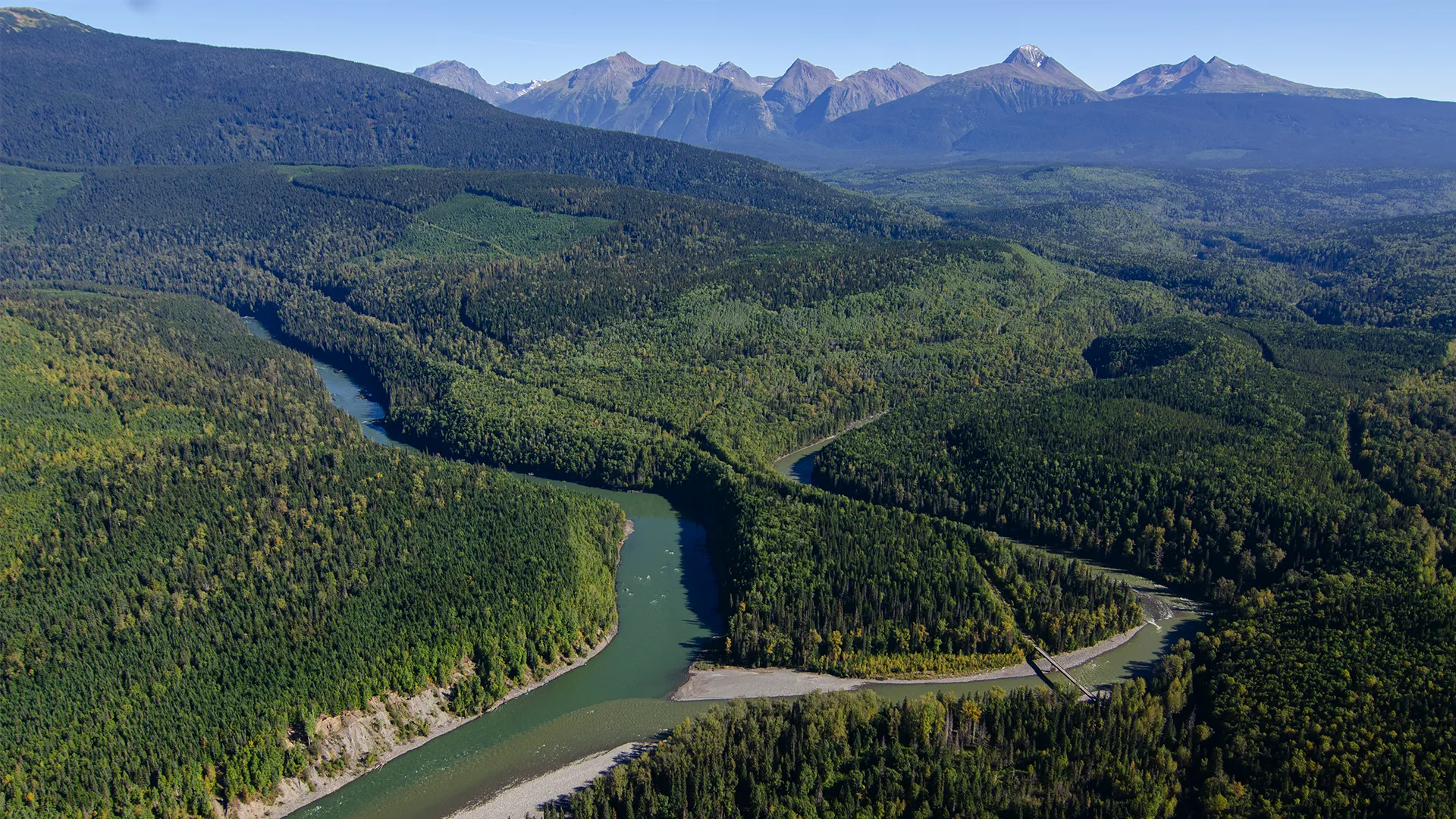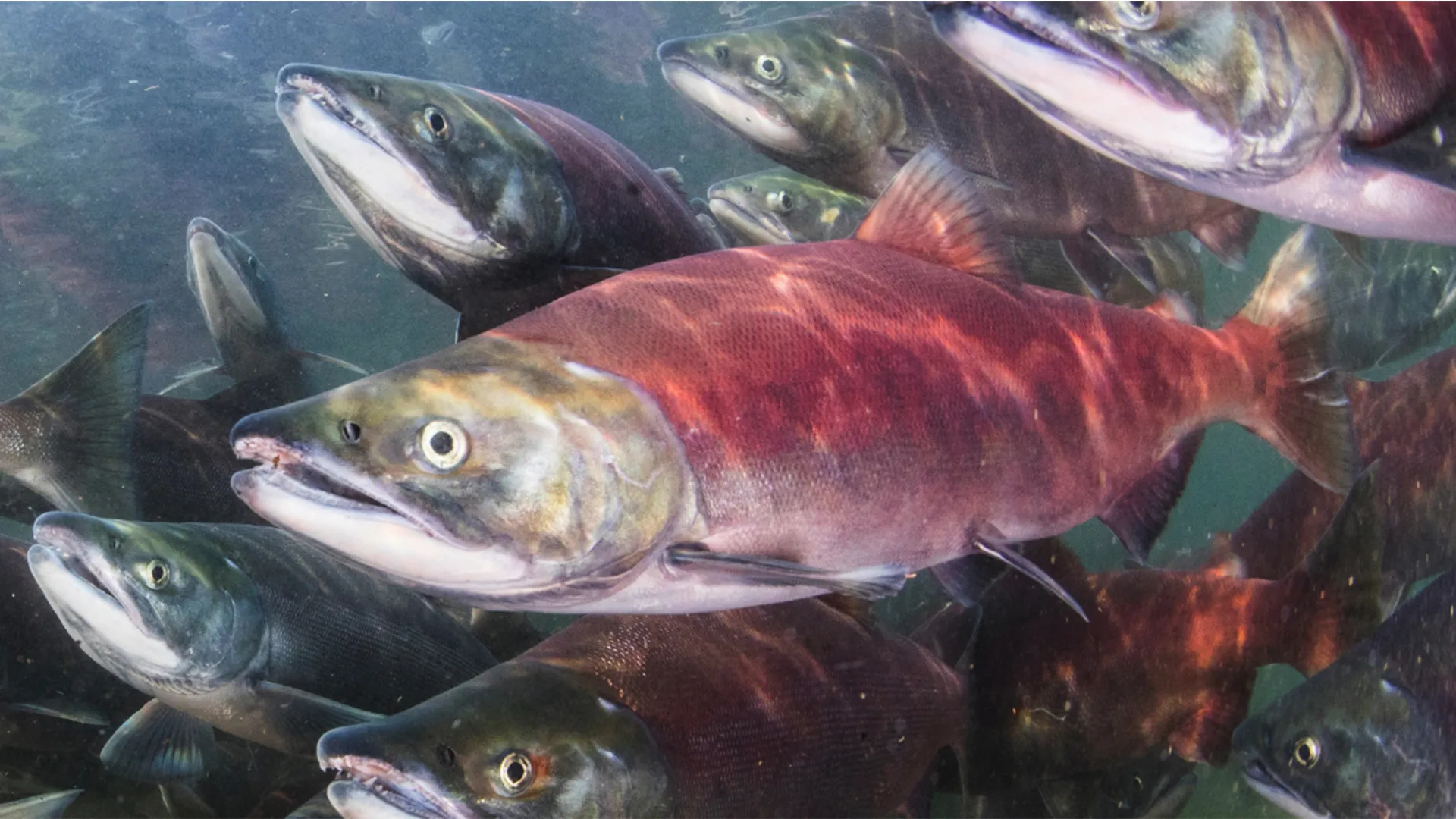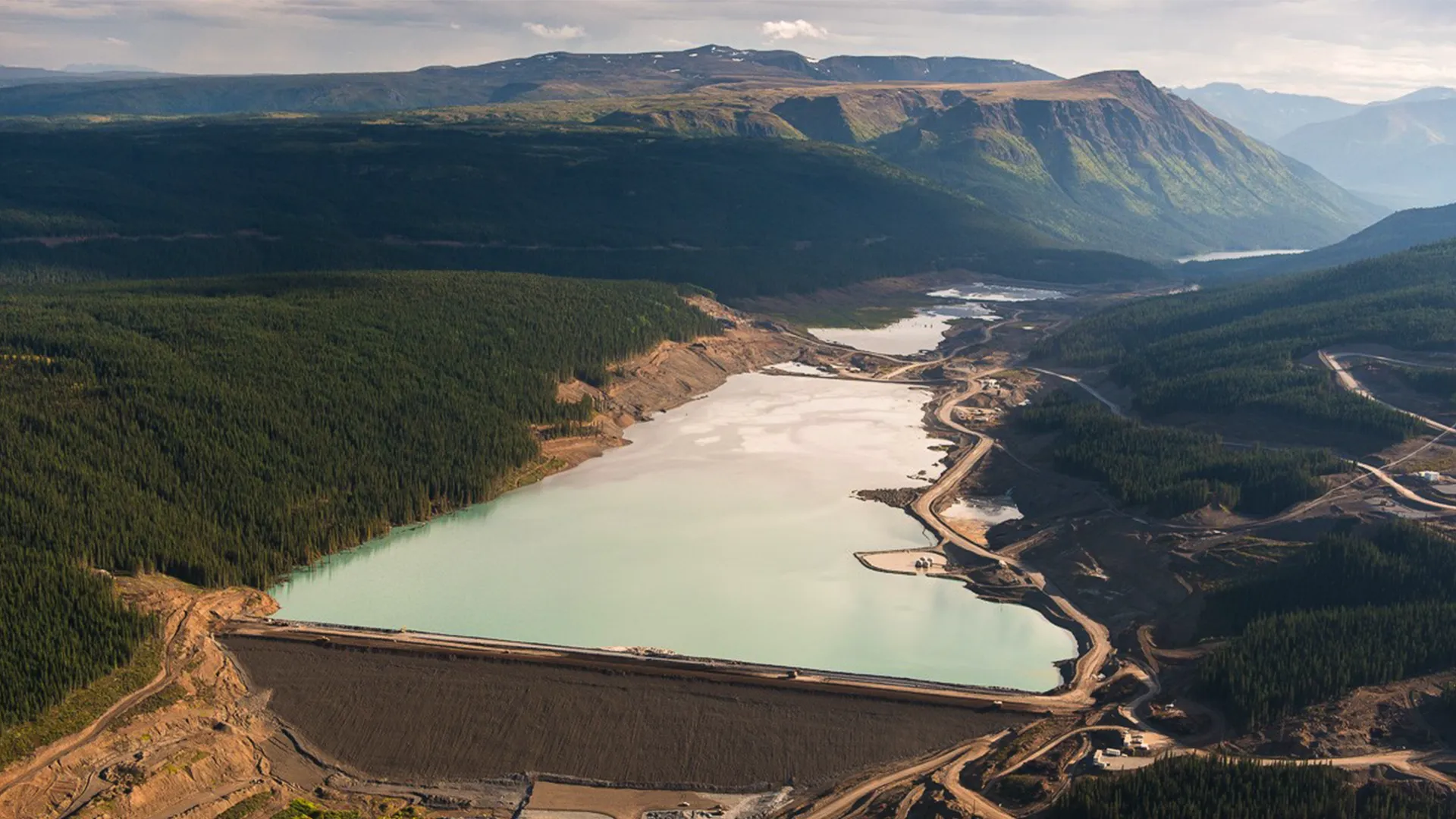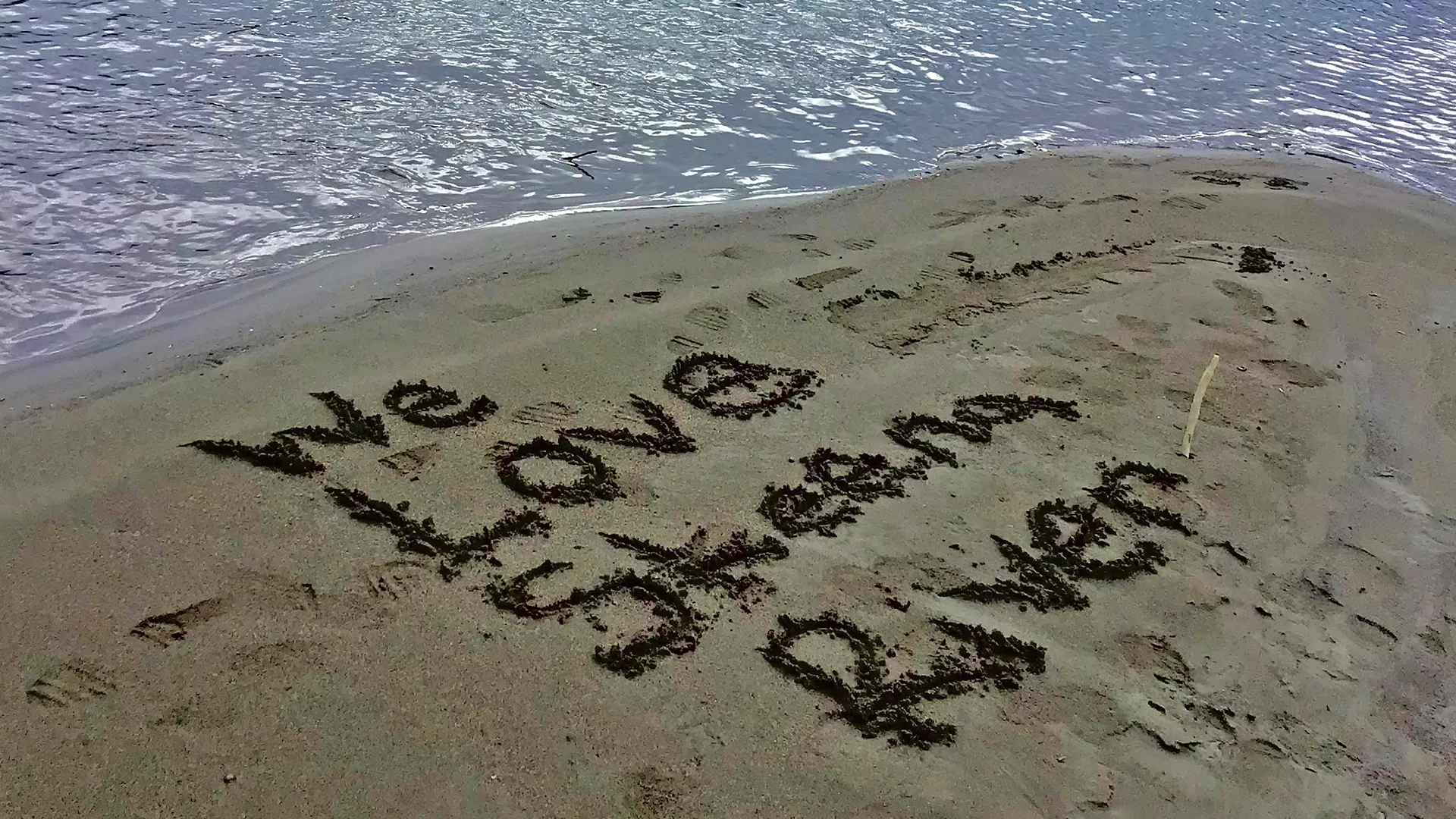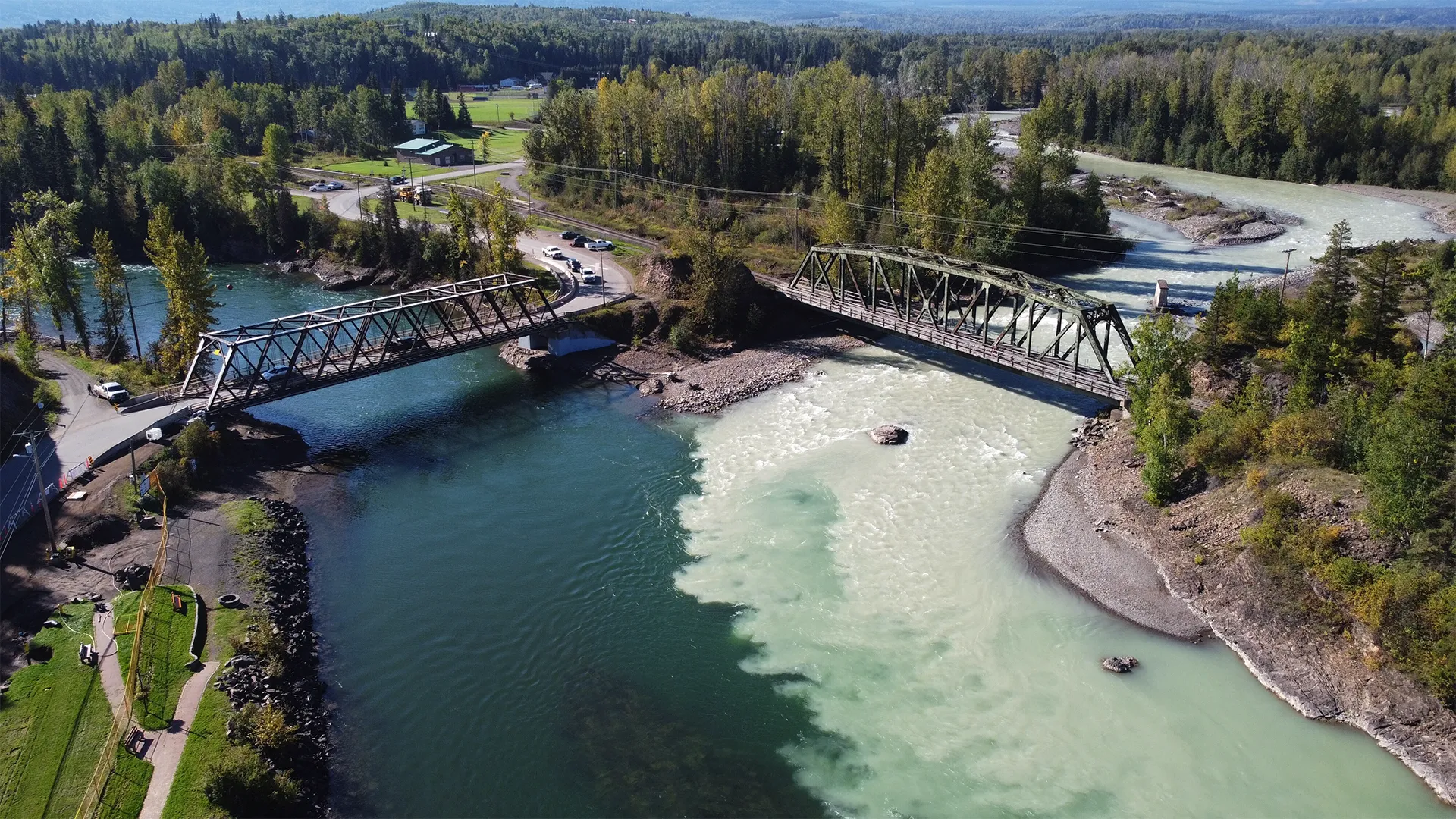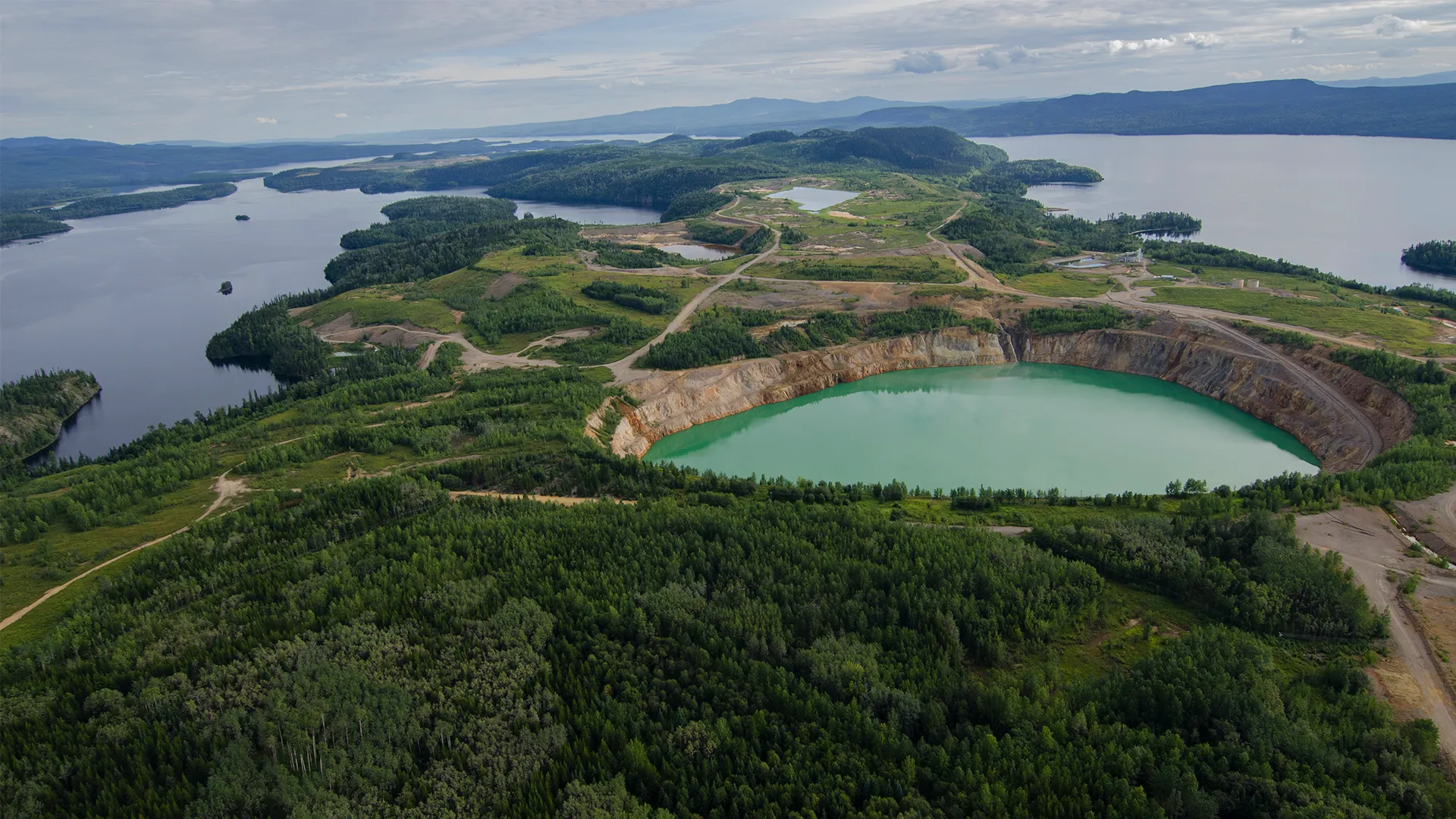Habitat Protection: Responsible Mining
Supporting Responsible Mining for a Healthy Future For All
Understanding the Impacts and Developing Solutions
Why do we have a dedicated Responsible Mining Program as a salmon conservation organization?
Mining and its ancillary activities (e.g., transportation corridors, power infrastructure, water management facilities, etc.) drastically alter the natural landscape and expose metals and other elements that would otherwise remain underground.
Mines also produce large quantities of waste, such as waste rock and tailings, which are typically stored permanently above ground in piles or in large, water-covered facilities retained by earthen dams (i.e., “tailings storage facilities”).
In BC, mines are often located within or upstream of salmon-bearing streams, rivers, or lakes and pose risks to salmon both during regular operations and as a result of unexpected accidents.
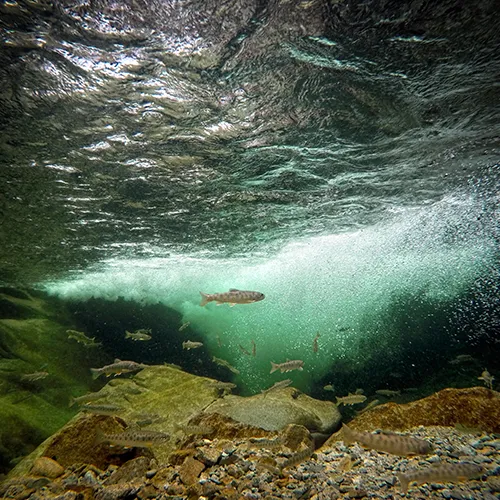
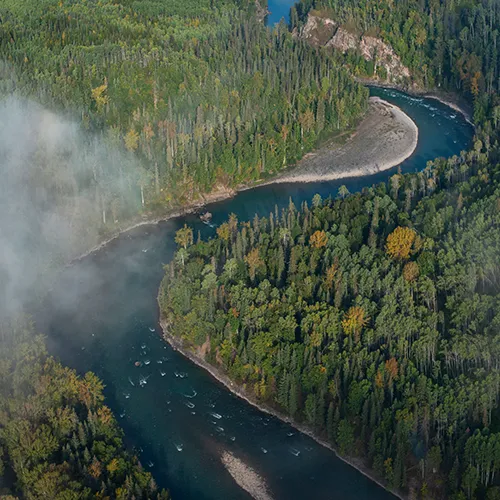
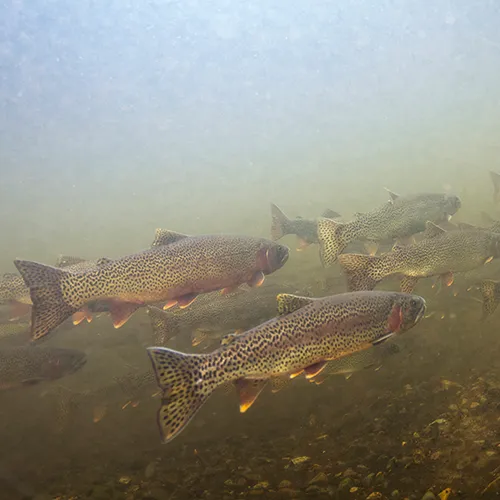
Balancing Resource Extraction with Salmon Protection
Salmon may be harmed by the regular operations of mining in three key ways:
↠ Altered water flows and temperatures
↠ Habitat destruction and loss
↠ Pollution from mining waste
Unexpected mine catastrophes, such as tailings dam failures, could significantly impact salmon. If they fail, large-scale, wet tailings facilities can release billions of litres of tailings and contaminated water downstream.
We understand that our natural resources are essential for our livelihoods. Still, the key here is to approach resource extraction responsibly, ensuring that future generations have the same opportunities as us.
It’s simple—we support responsible development in mining, forestry, fisheries, or energy that does not put salmon and communities at risk. We do this by having highly qualified, dedicated scientists and researchers on our team to assess impacts and provide solutions.
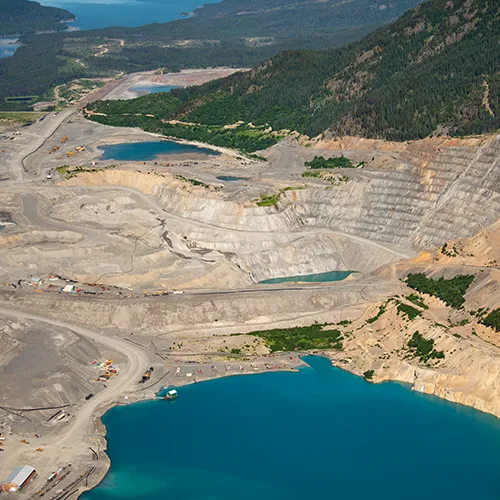
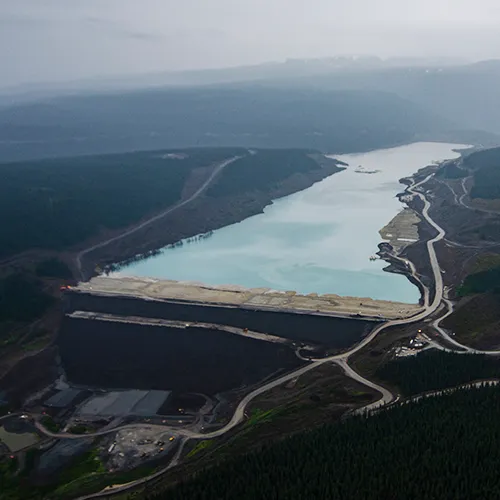
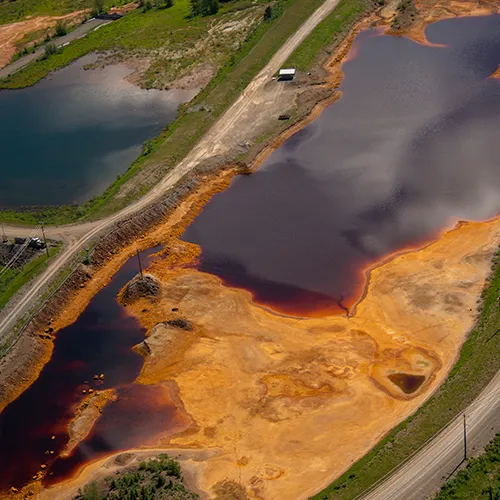
Promoting Salmon-Safe Mining
Our goal is to ensure that the renewable energy revolution does not happen on the back of dirty mining in British Columbia.
Increasingly, British Columbia’s mining regulators are promoting the province as a responsible jurisdiction for mining investment, particularly for ‘Critical Minerals’. Critical minerals are minerals considered essential for a range of applications that are at risk of supply chain disruption. Some critical minerals are used for electric transportation, batteries, and technologies like smartphones, while others are used for military purposes like defence and aerospace. As we transition to a low-carbon future, supply chains and investors are demanding better mining practices for sourced materials.
SkeenaWild has been working with partners to understand and raise awareness about mining issues in the region. This includes compiling and analyzing water quality and fish health data for mine projects that operate in sensitive salmon systems in northwest British Columbia. Selenium contamination is an area of particular concern. Selenium has significant effects on salmon, and no treatment procedures for removing selenium from contaminated water have been effectively implemented at an operational scale in British Columbia.
Another significant issue is the lack of adequate monitoring of mine effects on salmon. SkeenaWild, with our Indigenous and academic partners, is advocating for more robust, science-based aquatic effects monitoring. Protecting environmental and social values and respecting Indigenous rights is essential if BC hopes to participate as a leader in the shift to a greener future.
SkeenaWild published a report specifying what responsible (salmon-friendly) mining is and how it can be achieved:
New Report Highlights Red Chris Mine’s Impacts and the Path to Responsible Mining in Northwest BC
We continue to use our technical and scientific expertise to oppose risky mining projects and improve overall mining practices and oversight. Recent mine projects we’ve engaged on include KSM, Telkwa Coal, and Eskay Creek.
Toxic Legacy Tailings Map
SkeenaWild, in collaboration with the BC Mining Law Reform network, produced an interactive online map of mine sites with tailings facilities in BC The map provides communities with critical information about the risks posed by billions of cubic metres of toxic wet mine waste, called tailings, stored behind some of the highest dams in the world.
Climate change is increasing the risk of tailings dam failures, which can cause significant harm, including loss of life and environmental damage. That’s why we advocate for BC to adopt expert recommendations to minimize these risks by managing the size and water content of mine tailings facilities.
Dirty Dozen Report
The Dirty Dozen Report, produced biennially in collaboration with Northern Confluence and the BC Mining Law Reform network (2021, 2023, 2025), highlights 12 cases of mining regulatory failures in British Columbia. These issues pose risks to community health and the environment and may burden taxpayers with cleanup costs. The reports include examples of mines leaking toxic runoff into waterways, threatening sensitive and endangered species, putting taxpayers at risk of paying for the cleanup, and proposing massive tailings dams that could have devastating consequences if they fail – sometimes without undergoing any environmental assessment.
Solutions proposed include adopting expert recommendations to manage toxic mine waste safely, reducing pollution released into watersheds, resolving loopholes in the Environmental Assessment Act, implementing a strategy to close and clean up abandoned mines, and reforming the Mineral Tenure Act to move away from a free-entry system.
The Dirty Dozen represents a small portion of the over 100 polluting or potentially contaminating mine sites across the province. See our map of contaminated mine sites in BC, which we produced in collaboration with the BC Mining Law Reform network.
Telkwa Coal Project
The Telkwa Coal project is a proposed steelmaking coal mine located in the Bulkley Nechako region, 25 km south of Smithers and 7 km southwest of Telkwa, BC
The Telkwa Coal project threatens our environment and community.
Without proper treatment, contaminated water would discharge into crucial salmon and steelhead streams, with toxin levels far exceeding provincial guidelines. This puts our watershed and future generations at risk, with only 25 years of monitoring promised after the mine closes.
The project’s tailings dams could jeopardize people’s livelihoods if they fail.
Air pollution, coal dust, and noise from frequent blasting would disrupt our health and peaceful way of life, with little transparency from Telkwa Coal on the extent of these impacts.
On a broader scale, the project contradicts global climate goals.
Even though the coal will be used for steel production, most of its carbon content will still be released as CO2, contributing to climate change. As the steel industry shifts towards greener technologies, a new coal mine seems a step backward in a time of climate crisis.
Is this a risk worth taking?
What Matters In Our Valley
Technical Reviews by SkeenaWild
Through these efforts, we’re committed to ensuring that mining practices in British Columbia don’t happen at the cost of salmon and the communities that depend on them, creating a future where responsible resource extraction and environmental stewardship can co-exist.
Responsible Mining Resources
Toxic Legacy Tailings Map, Video and Reports
Telkwa Coal Project Technical Reviews
Visit What Matters In Our Valley to learn more.
Water Quality and Fish Health Data Resources
Other News Related to:
Habitat Protection: Responsible Mining
-
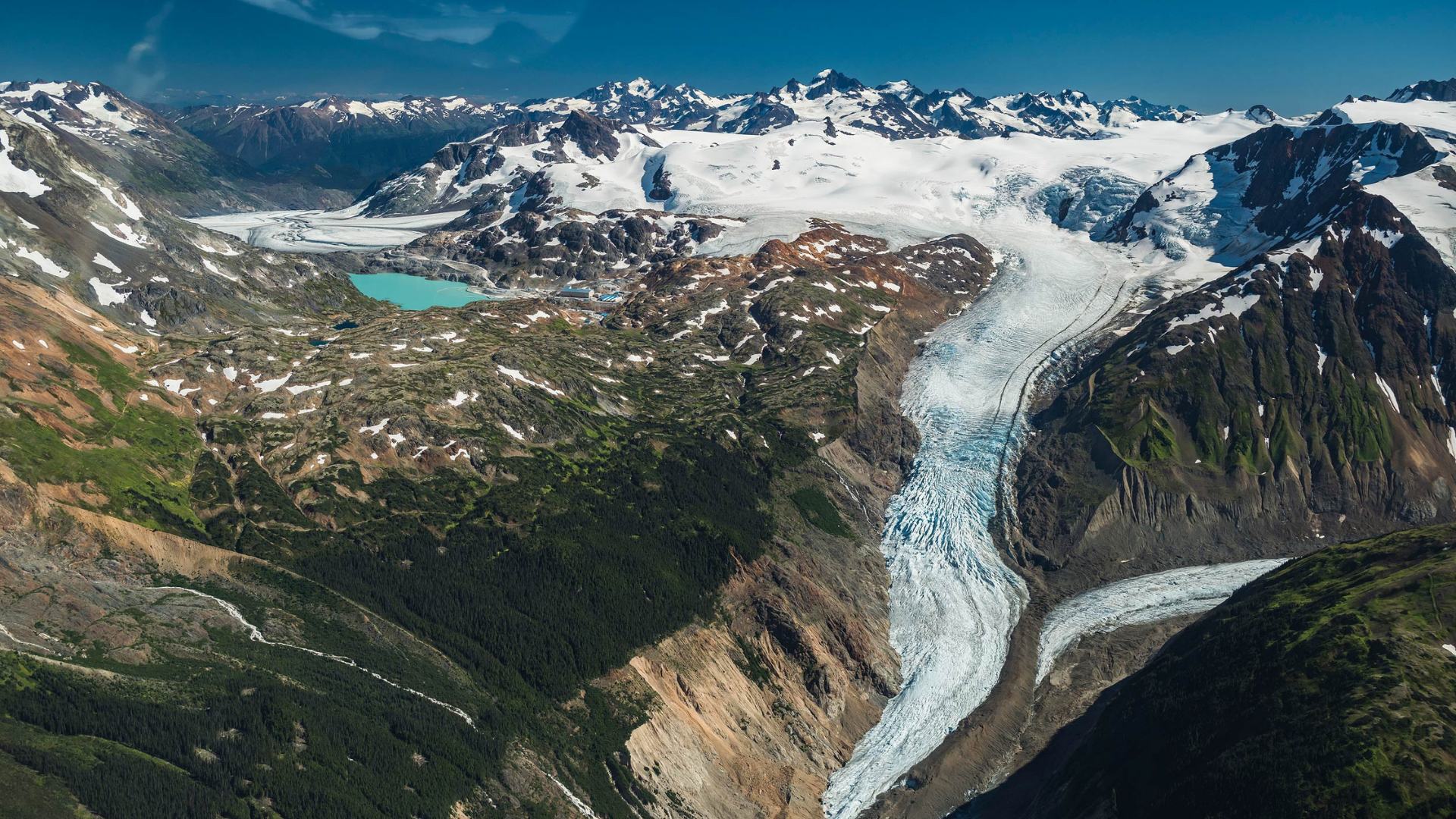
Environmental group in court to challenge substantial start decision of massive KSM mine
Decision allows mega mine to proceed on what group says is an outdated environmental assessment. If built, the KSM project would be one of the…
-
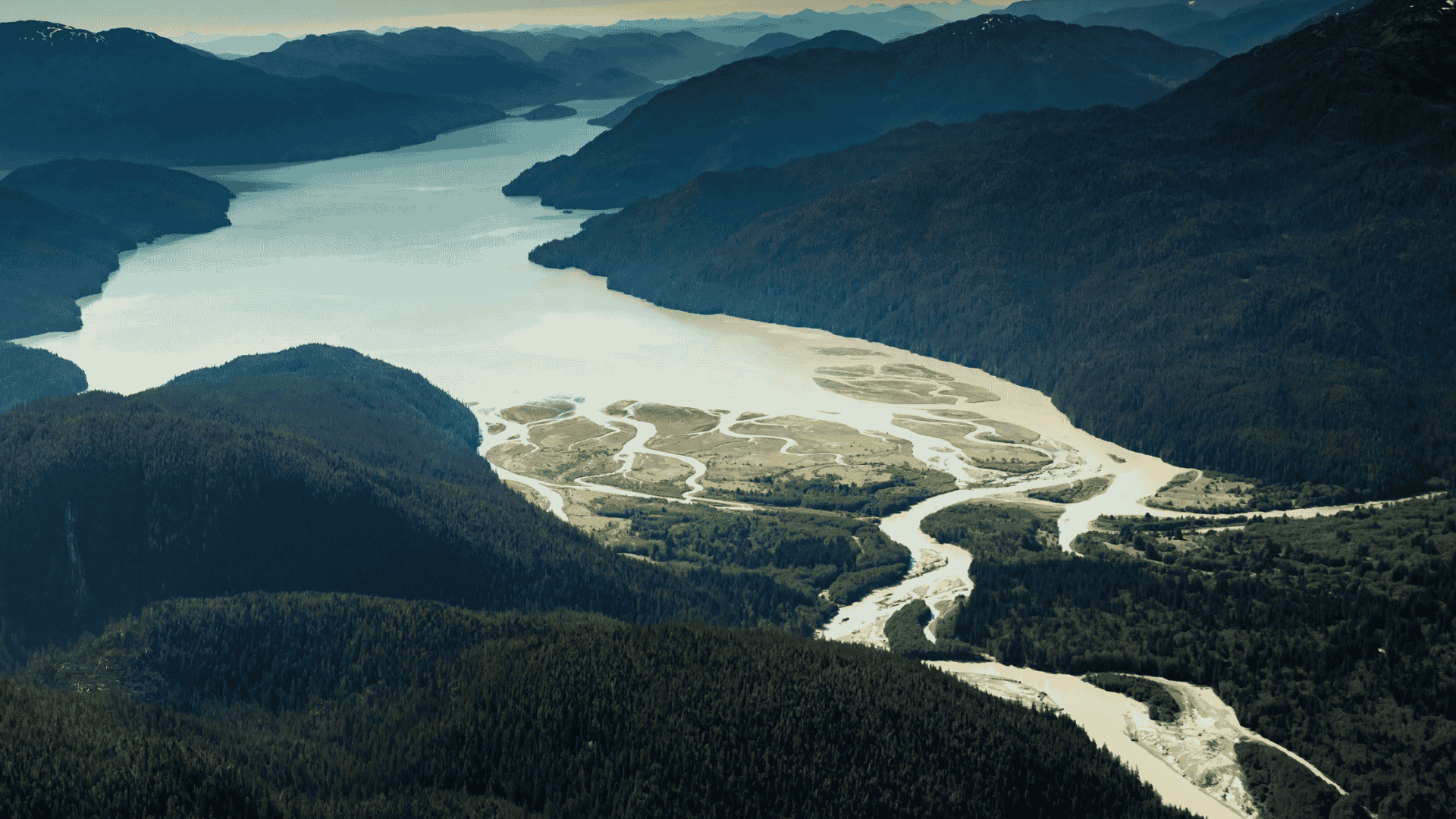
The Dirty Dozen: Why BC’s Mining System Must Evolve to Protect Salmon and Communities
As the Province pushes to expedite new mining approvals through Bill 15 and strategies focused on fast-tracking mining in the northwest, critical safeguards for wild…
-
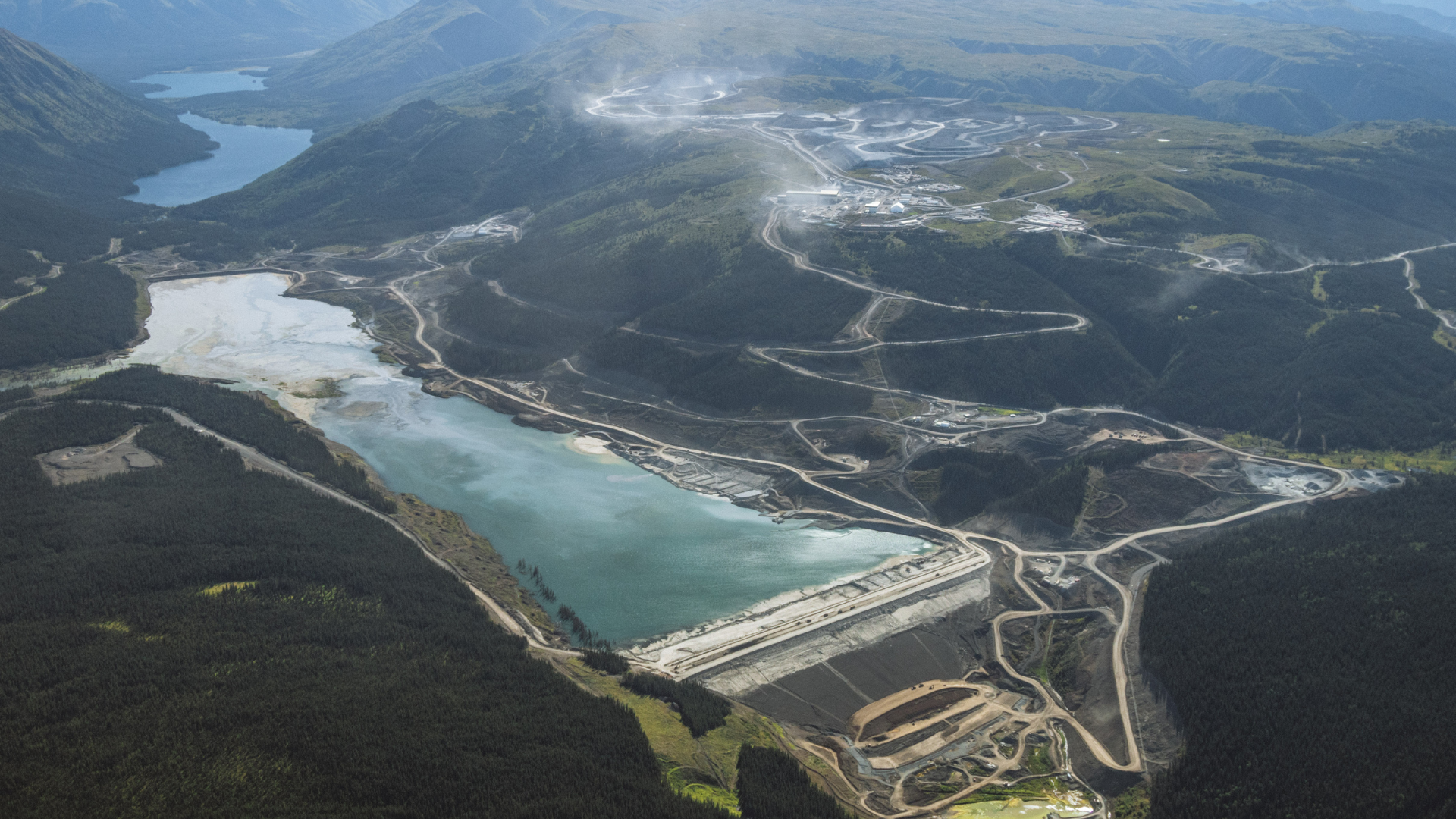
New Report Highlights Red Chris Mine’s Impacts and the Path to Responsible Mining in Northwest BC
SkeenaWild Conservation Trust’s independent investigative report illuminates key environmental concerns related to mining in northwest BC. The Red Chris Mine, an open pit copper-gold mine…
-
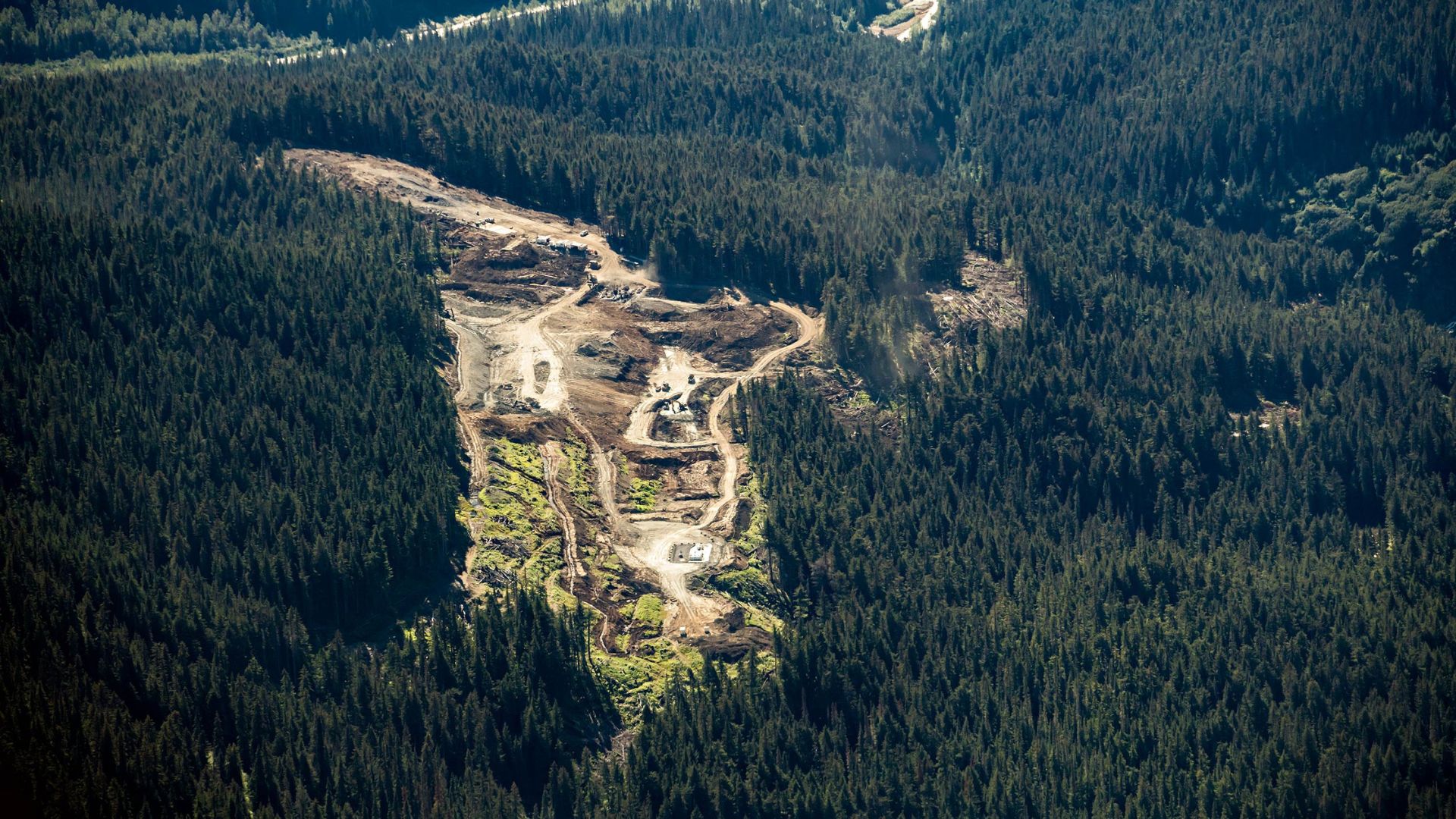
Addressing Seabridge Gold’s Misrepresentation of Key Facts
KSM Mine Update Addressing Seabridge Gold’s Misrepresentation of Key Facts Following The Legal Challenge Filed Against The BC Government’s Decision To Allow KSM Mine to…
-

Environmental group in court to challenge substantial start decision of massive KSM mine
Decision allows mega mine to proceed on what group says is an outdated environmental assessment. If built, the KSM project would be one of the…
-

The Dirty Dozen: Why BC’s Mining System Must Evolve to Protect Salmon and Communities
As the Province pushes to expedite new mining approvals through Bill 15 and strategies focused on fast-tracking mining in the northwest, critical safeguards for wild…
-

New Report Highlights Red Chris Mine’s Impacts and the Path to Responsible Mining in Northwest BC
SkeenaWild Conservation Trust’s independent investigative report illuminates key environmental concerns related to mining in northwest BC. The Red Chris Mine, an open pit copper-gold mine…
-

Addressing Seabridge Gold’s Misrepresentation of Key Facts
KSM Mine Update Addressing Seabridge Gold’s Misrepresentation of Key Facts Following The Legal Challenge Filed Against The BC Government’s Decision To Allow KSM Mine to…
